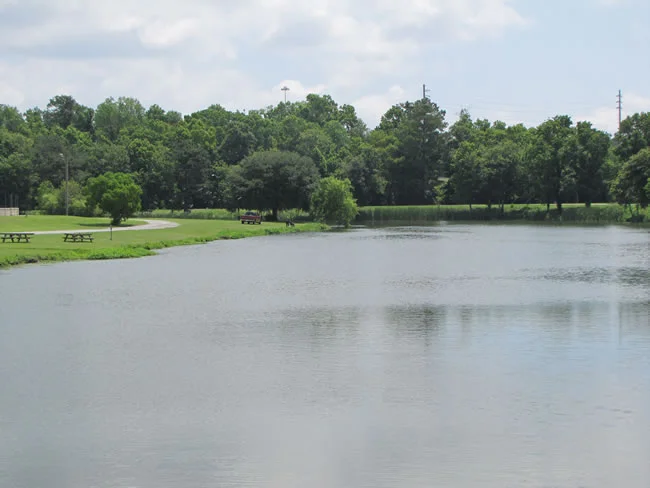Birding Locations In the Savannah Region
Coastal Georgia is a great place to watch birds. To start with, we have a marvelous assortment of birds that find this a hospitable place to live all year long. A backyard feeder in almost any neighborhood will attract an assortment of seed-eating birds, including cardinals, chickadees, titmice, woodpeckers, finches, blue jays, and nuthatches. In addition to these residents, there are the tourists – birds that visit Georgia for a season. Neo-tropical migrants like hummingbirds and painted buntings come up for the summer nesting season. Ducks, sparrows, goldfinches, and waxwings come for our temperate winter climate and more abundant food.
Savannah anchors the north end of the Georgia Colonial Coast Birding Trail, which will provide you with the opportunity to see and enjoy the beauty of the birds and glimpse the fascinating history of this land and its residents. More than 300 species of birds (75 percent of the total species of birds seen in Georgia) have been spotted at the 18 sites along the birding trail. Visit the Georgia’s Colonial Coast Birding Trail website for more detailed information about all sites on the trail.
If you really enjoy birding, be sure to check out the other Georgia Birding and Wildlife Trails here.
Birders with disabilities who visit a birding location they consider accessible to them are encouraged to submit a site review to birdability.org, which will add the location to their Birdability Map.
Don’t forget that the Ogeechee Audubon offers several field trips a month which are open to the public. Just check our calendar for dates.
Here are some of our favorite spots:
Between Drayton and Whitaker Streets (east and west) and Gaston and Park Streets (north and south). Urban park.
Habitat: Urban park with a variety of trees and grassy lawns
Types of Birds: Songbirds
Specialties: Chimney Swifts
Spring & Fall – Migratory Songbirds
Summer – Resident nesters – woodpeckers, brown thrashers, mockingbirds, chimney swifts
Cockspur Island off Highway 80. Open fields, pine woodlands, salt marsh, tidal creeks.
Habitat: Open fields, pine woodlands, salt marsh, tidal creeks, sand beach
Types of Birds: Songbirds, shorebirds, wading birds, waterfowl
Specialties: Painted bunting, salt-marsh sparrows
Fall & Winter – marsh sparrows, clapper rails, wading birds, raptors
Spring – robins, waxwings, migratory songbirds
Summer – nesting bluebirds
One hour from Savannah. Exit 67 off I-95. 7 miles from US 17 on Harris Neck Road.
Things to see all year but main attraction in the Spring is one of the largest wading bird nesting site or “rookery” in the area on Woody Pond.
Habitat: Salt marsh, tidal creek, woodland, fresh water ponds
Types of Birds: Songbirds, waterfowl, birds of prey, wading birds
Specialties: Wood stork, painted bunting
Winter – sparrows, wading birds, ducks, raptors
Spring – migrating song birds, wading bird rookery
Summer – nesting birds, including painted buntings, summer tanagers, yellow-throated warblers.
Fall – migrating song birds
Intersection of Montgomery Crossroad and Sallie Mood Drive Suburban park and lake.
Habitat: Suburban park and lake
Types of Birds: Songbirds, gulls, wading birds, waterfowl
Specialties: Eastern bluebirds
All year – ospreys, gulls, anhingas, herons & egrets, bluebirds
Winter – ducks, including ruddy ducks, shovelers, ring-necked, shrikes, coots
2020 Birdability Accessibility Rating: 4
Just 15 minutes from downtown Savannah. The Laurel Hill Wildlife Drive, located on SC 170, is a four-mile loop trail that takes you through tidal fresh water wetlands that were formerly rice plantations.
Here you will find something to see year-round, including alligators!
Habitat: Tidal fresh water wetlands that were formerly rice plantations
Types of Birds: Songbirds, wading birds, waterfowl, shorebirds, birds of prey, marsh birds
Specialties: Least bitterns, purple gallinule, clapper rail, egrets, herons, ducks
Winter – ducks, raptors, sparrows
Spring – migrating songbirds, shorebirds, wading birds, nesting anhingas
Summer – least bitterns, purple gallinules, Mississippi & swallow-tailed kites
Fall – migrating songbirds
2020 Birdability Accessibility Rating: 5
2.2. miles west of I-95 on GA 204. Boardwalks and trails through bottomland hardwood forest with cypress and tupelo trees.
Habitat: Boardwalks and trails through bottomland hardwood forest with cypress and tupelo trees
Types of Birds: Birds of prey, songbirds, wading birds
Specialties: Prothonotary warbler, northern parula, Swainson’s warbler, wood duck, Mississippi kite, swallow-tailed kite
Spring – Migratory songbirds
Summer – Nesting birds including prothonary, Swainson’s and hooded warblers, acadian flycatchers, yellow-billed cuckoo
Southside Savannah off Diamond Causeway. Maritime forest, salt marsh, fresh water pond, and tidal creeks.
Habitat: Maritime forest, salt marsh, fresh water ponds, and tidal creeks
Types of Birds: Songbirds, shorebirds, wading birds, waterfowl
Specialties: Osprey, painted bunting, pileated woodpecker, bald eagle
All year – herons and egrets, bald eagles, ospreys
Winter – ducks, loons, grebes, marsh sparrows
Spring – migrating songbirds, wood storks, nesting herons & egrets
Summer – nesting birds, including painted bunting, bluebird, summer tanager, orchard oriole
Fall – migrating songbirds, sparrows
Access from Polk Street or Fort Screven. Sandy beach as well as dunes and wax myrtle.
Habitat: Sandy beach as well as dunes and wax myrtle
Types of Birds: Shorebirds, gull-like birds
Specialties: Purple sandpiper, piping plover, northern gannets
All seasons – herons, egrets, pelicans, gulls
Winter – shorebirds, ducks, raptors, gannets, loons, piping plovers, purple sandpipers, kingfishers
Spring – migrating songbirds, including painted buntings
Summer – gulls, terns, black skimmers, wood storks
Fall – tree swallows, kingfishers










